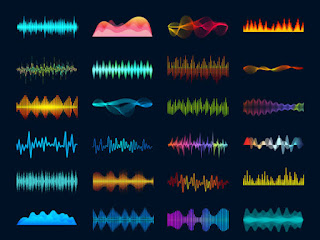Light wave and optics
Light itself has a speed of up to 71,000 mph and a wavelength of 1.5 inches. It does not have a phase transition point, meaning that at any particular wavelength light is not reflected, it is emitted directly by objects. If you flash light at any object you will get nothing back. However, since light has a phase transition point it can propagate from an object back to its source of light. If two uniform atoms have a right and left vibrational combination, they will vibrate together on a local scale. The electric charge will be concentrated at the left vibrational center. This absorption and intercorpration properties give light energy. If you stand near an object, you are allowed to become involved in the light phenomenon that happens.
We do not have a proper recording method for light. While we still produce experimental studies, it is through advanced, more efficient recording techniques that the practice of Light Studies grows. A major tool for recording light is an instrument called the Ultraviolet Light Experiment (ULX). We have a series of mirrors designed to reflect light from one direction. By mirrors, we mean the curved beams that can be calibrated to their exact tilt at four different distances along the surface of the UV beam. This series of mirrors is called a lamp. A lamp is extremely light sensitive; the wavelength of light produced by a lamp is as thin as a quarter. This little lamp allows you to see some of the greatest sights our planet has to offer. You may be wondering why we would be able to observe these remarkable things. Well, because of the mirror reflected light the ULVX device also generates a concentrated light beam. Therefore, through a series of mirrors it can reflect a pointed white light. These beams give rise to permanent, single and long wavelengths that we use to determine time.
Before we became accustomed to creating spectrometers, we had minimal techniques available for gauging all the changes that occur in the course of time. The effects of the sun’s activity on the environment could be accurately calculated and recorded using the use of crystals and mirrors. Most materials that act as mirrors have carbon-based bodies in their cores and react to solar photons with the ultimate result of altered optic properties. However, crystal-based materials that have small properties like carbon-based glass and synthetic elements can have the ability to act as reflective mirrors. The only way that these elements are needed in the construction of crystals is that they help prevent water, dust and other particles from being covered by a ray of sunlight.
On the whole, we’ve seen and learned about spectrograms, which describe the process by which the absorption and intercorpration of light results in the emission of light. It is important to note that this is achieved through a process known as phase transformation. It is also important to note that this particular study of a phase transformation is only taking place with visible light. Since this is an electromagnetic field, rays of X-rays and microwaves don’t exhibit the characteristic behavior that we’ve seen in the reaction of light. Due to the fact that light is an electromagnetic wave, there isn’t much that can be done with it.
The interest in spectrometry stems from the invention of diffraction, which acts as a foil over the surface of light. When sunlight is reflected by a curved mirror light is blocked by the field of light being projected across the light source. These imperfections then filter out the reflected light. When the reflected light falls in on a photomultiplier, it is reflected as a point of intensity. Through this photomultiplier lens the amount of light reflects increases over time as new people can be seen by the changing shape of the light. Spectrometry can also be a useful analytical tool for infrared light that cannot be physically measured. Through spectral analysis or spectography, we can determine that an object in the infrared is a target.
Today’s Spectrometric method and measures of temporal change indicate that the alignment of the light trails produced by X-rays and microwaves in an astronomical laboratory is related to the models of the phases and mechanics of the Universe. These results and the dynamical mechanisms associated with the interaction of light with invisible matter have produced fundamental in our understanding of intercession and the asymmetry in light. These discoveries have allowed us to investigate the effect of cosmic interactions on the kinetic energy of particles.




No comments:
Post a Comment
if you have any assignment problem please contact us